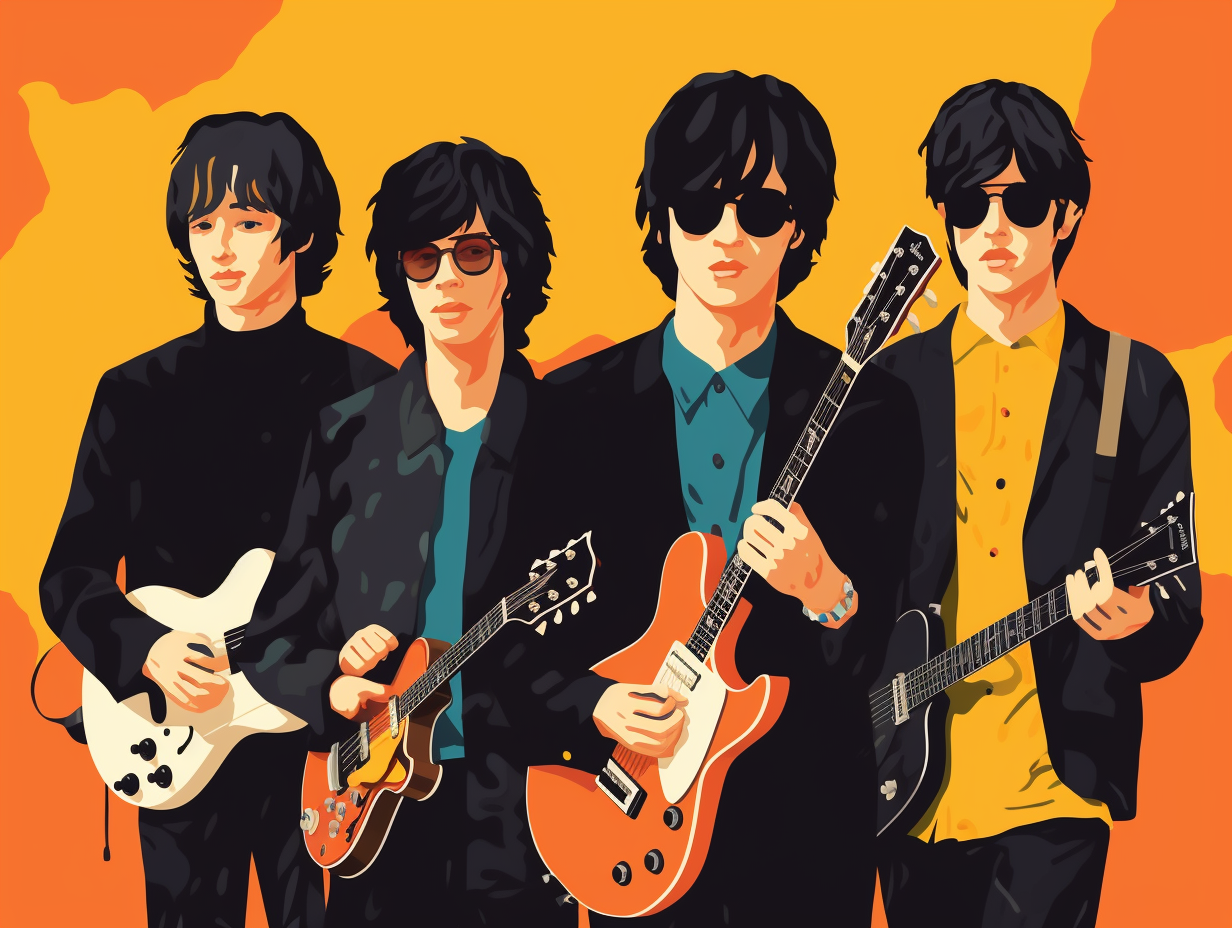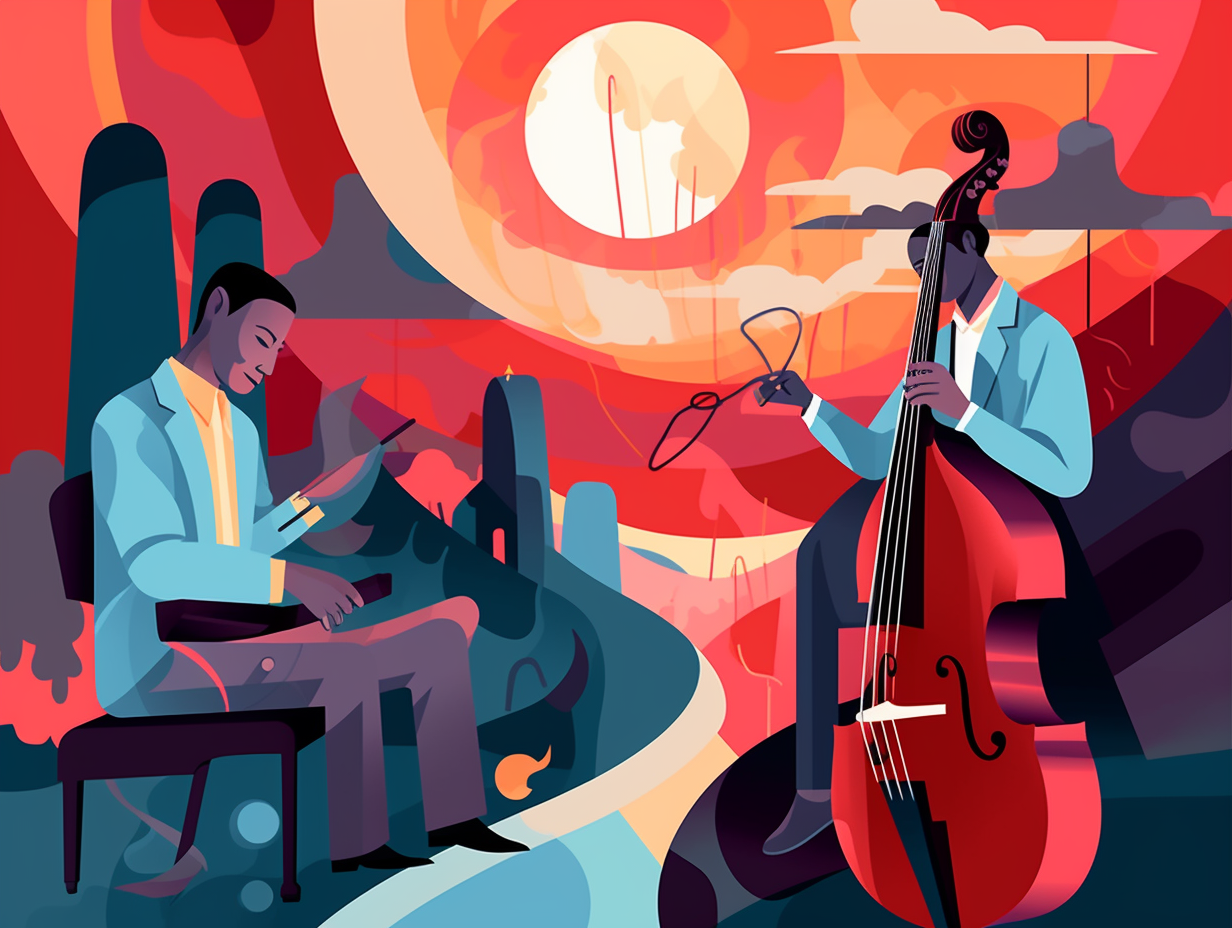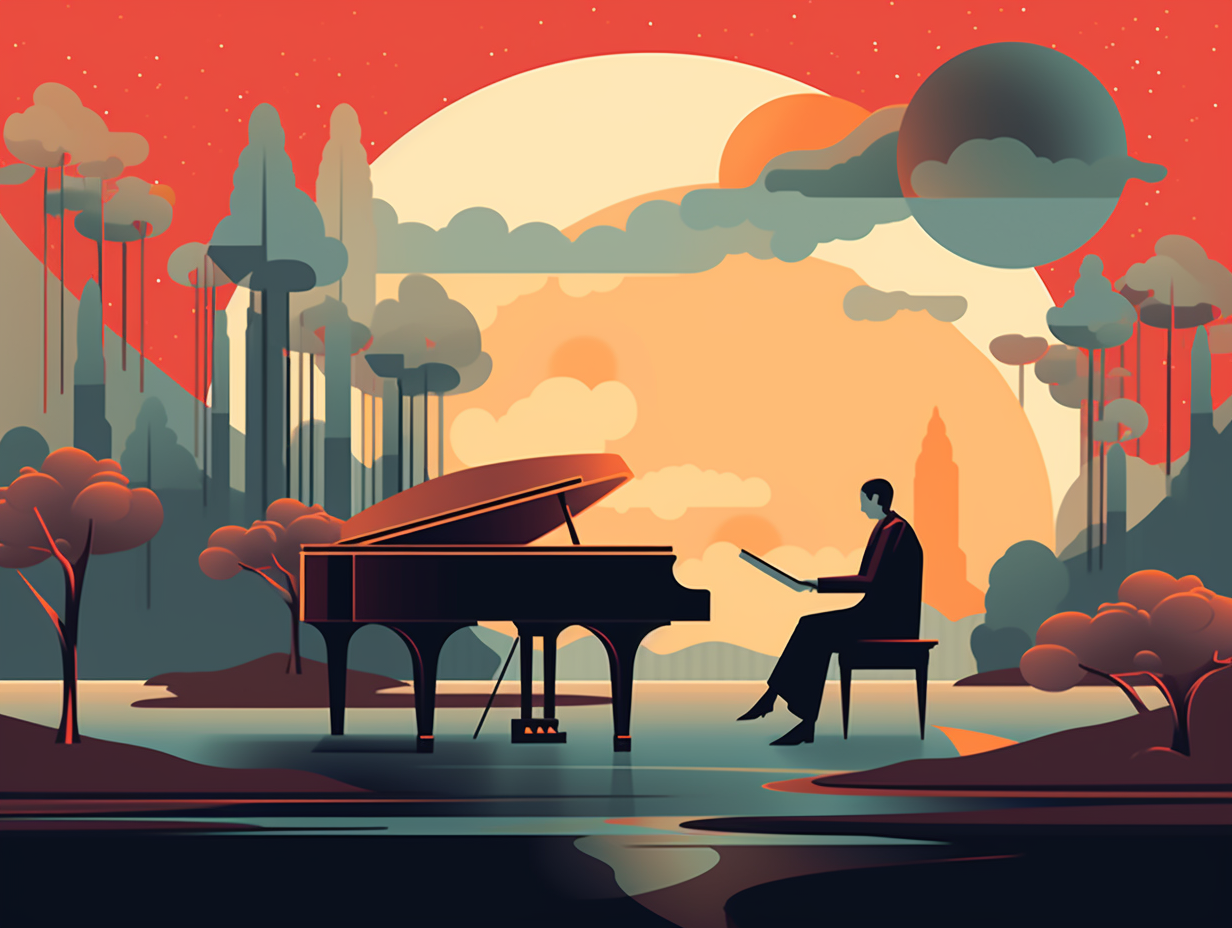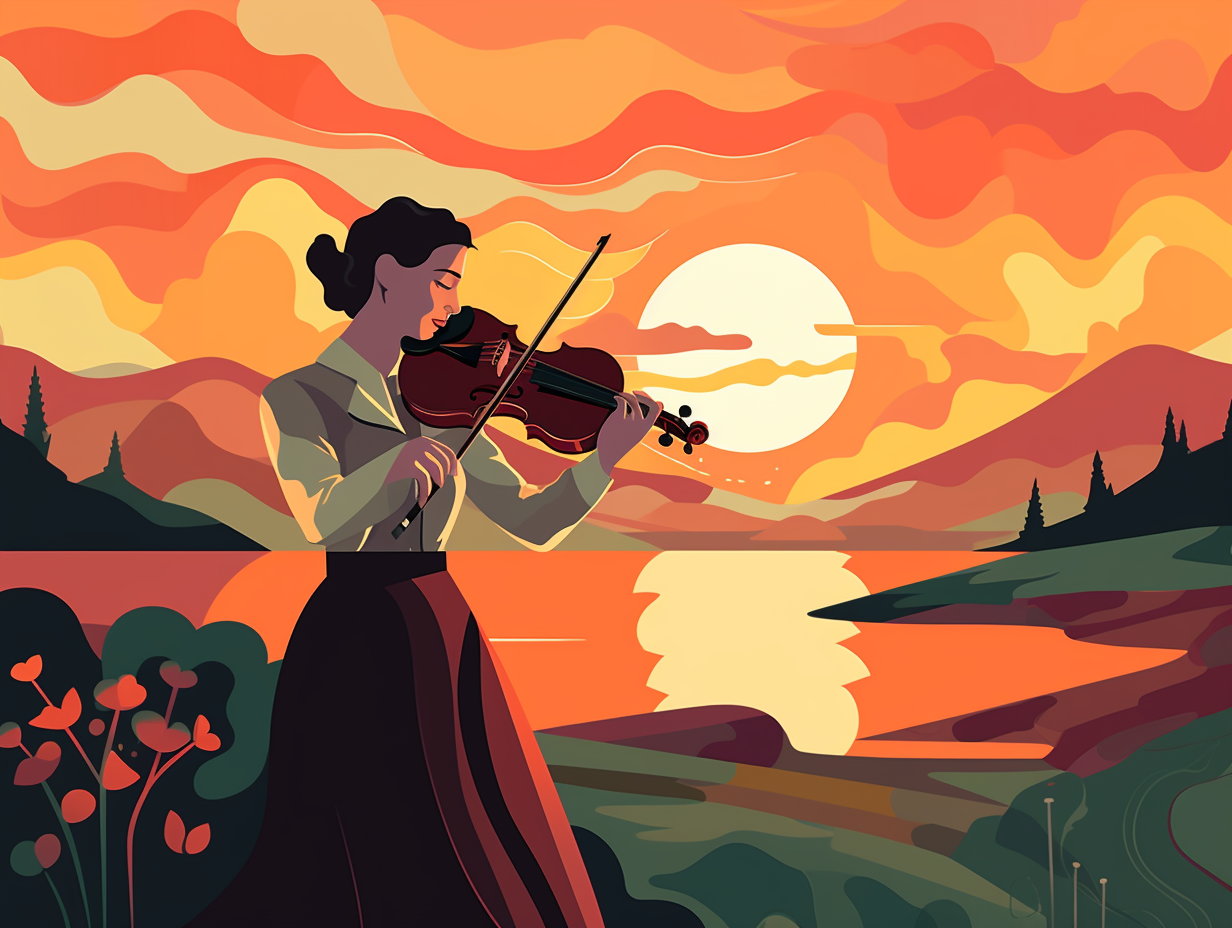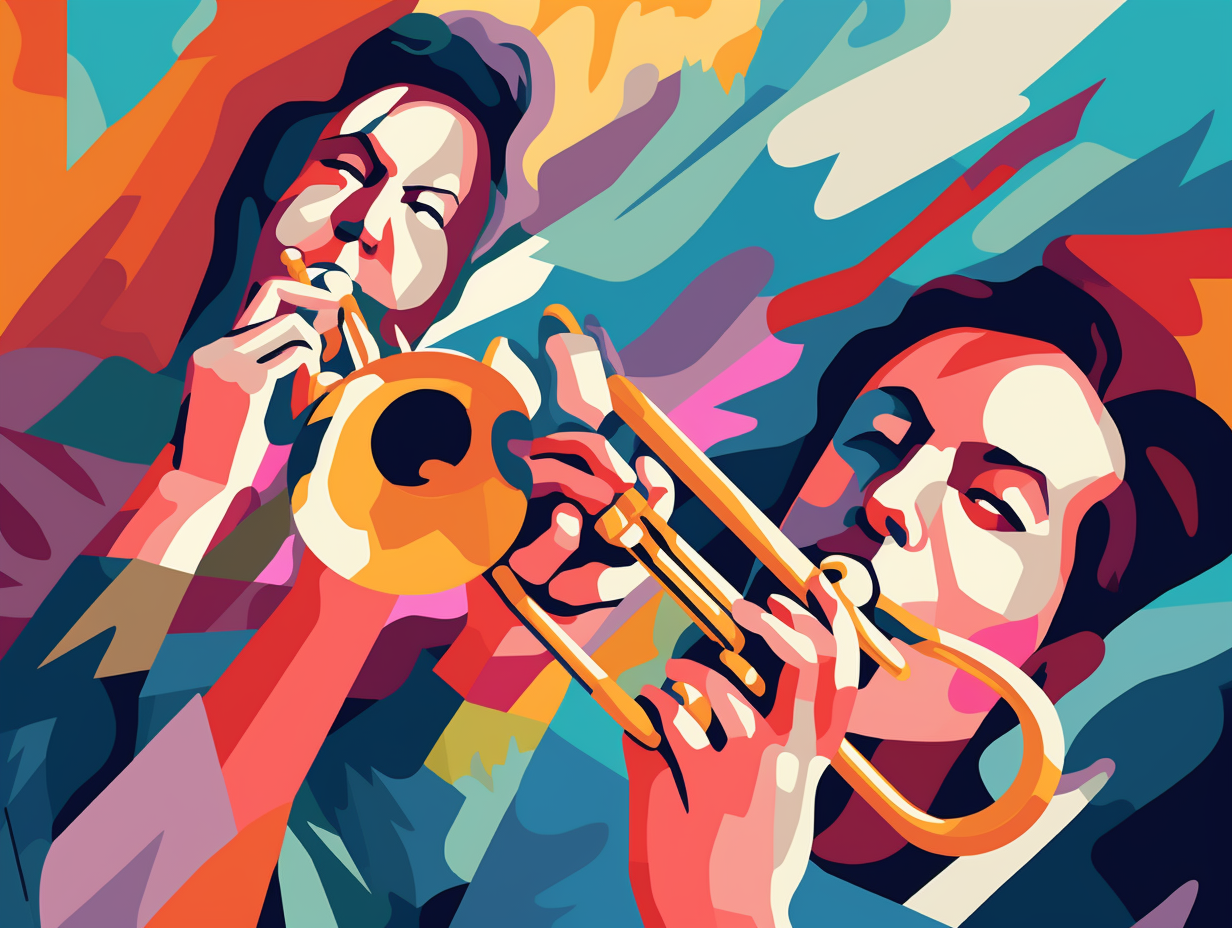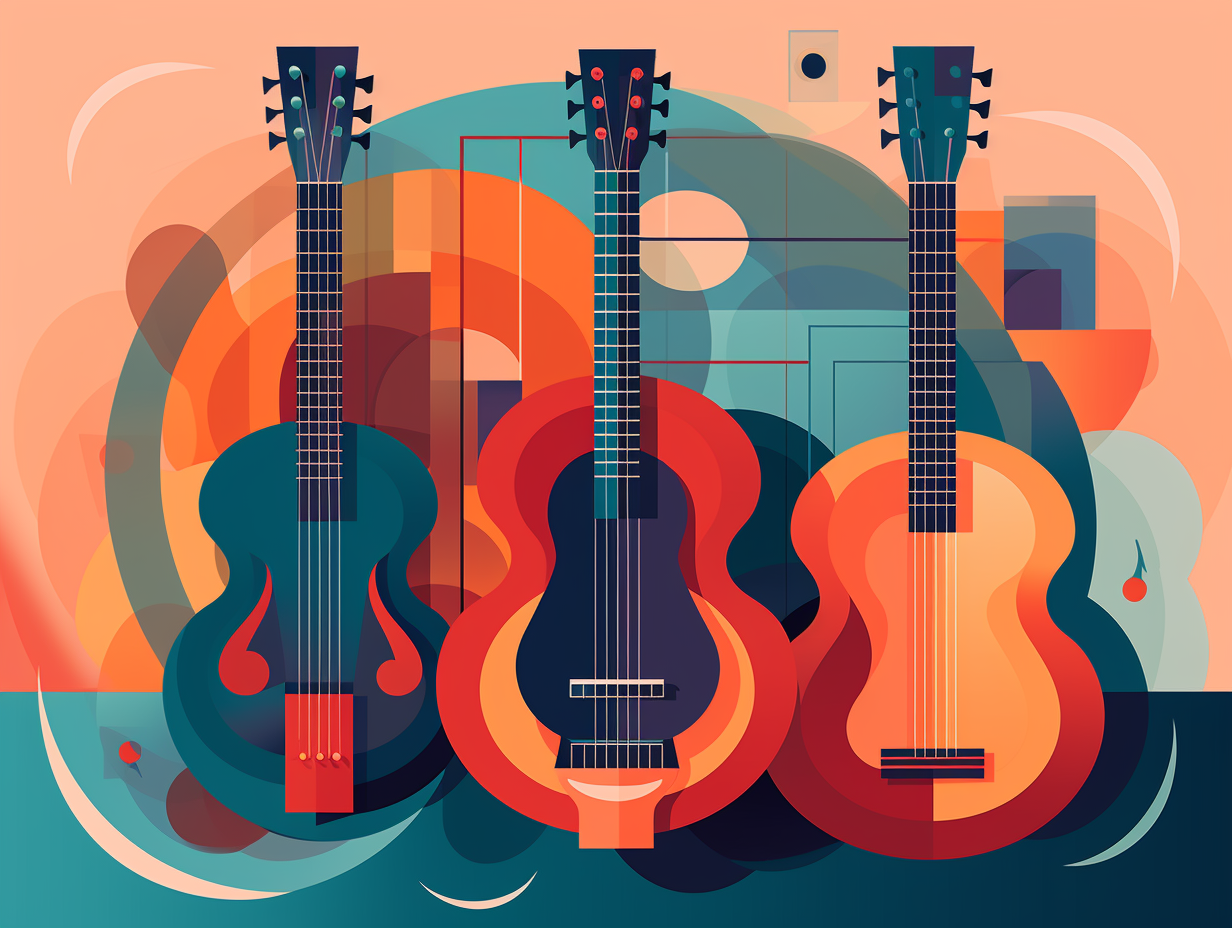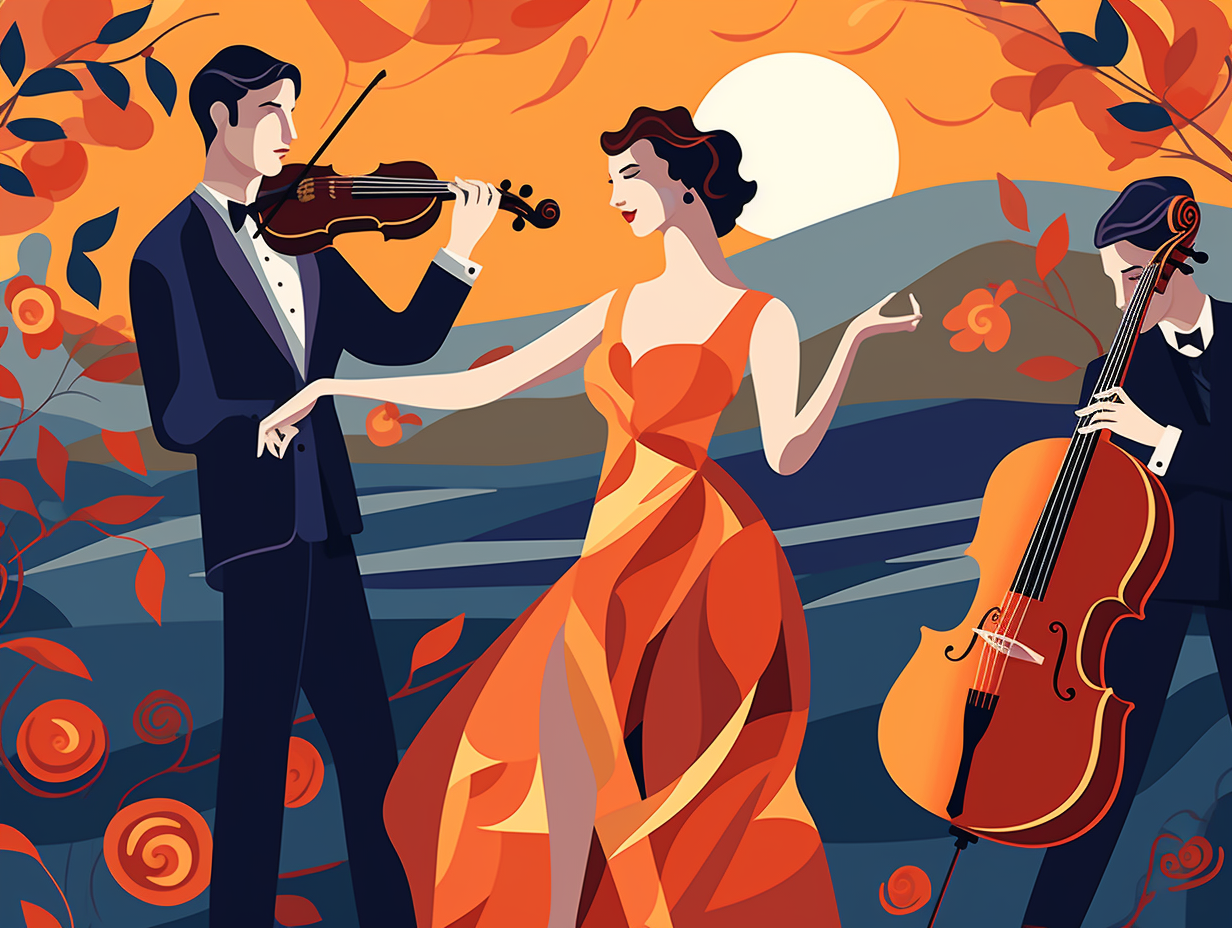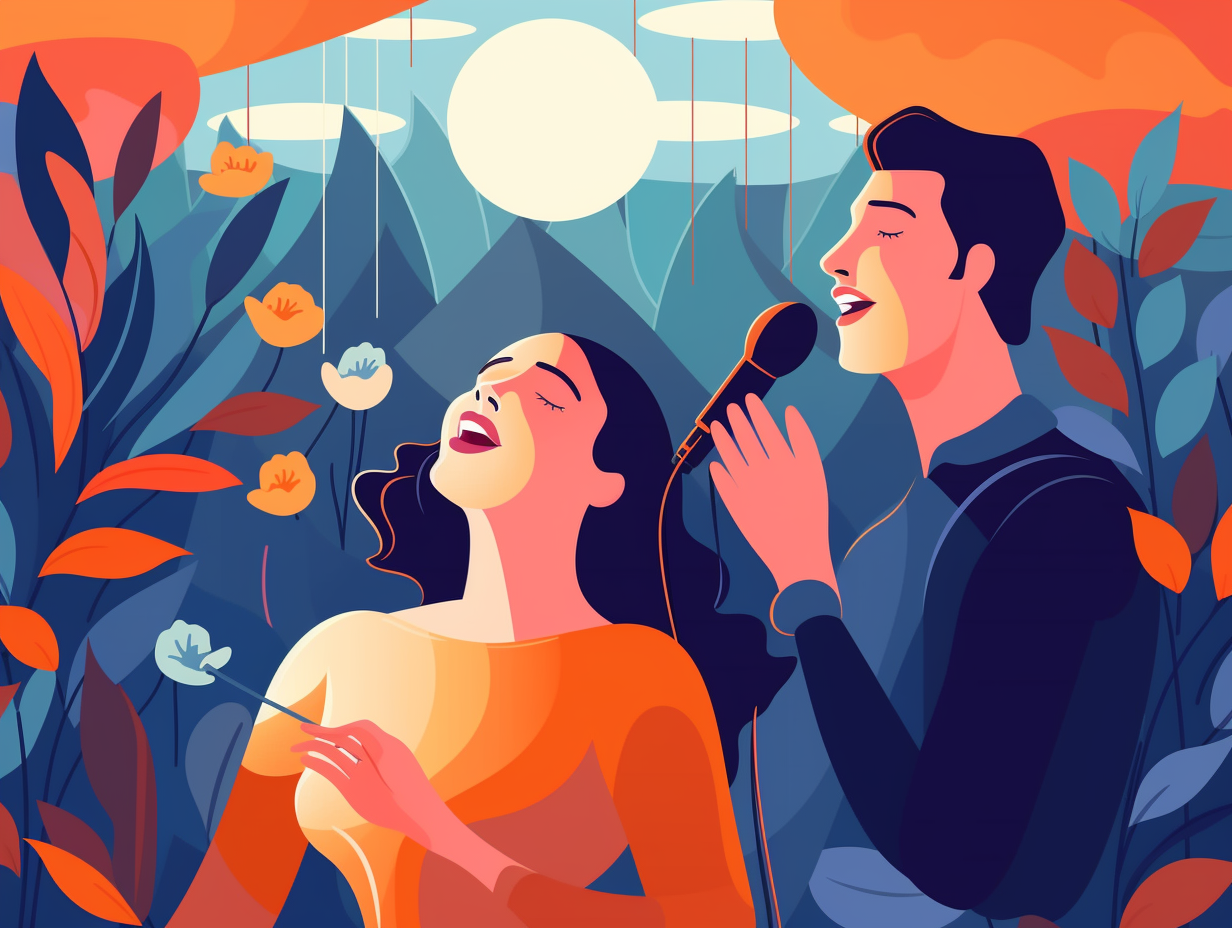Discover the Beat: Top 14 Fun Facts About German Music You Never Knew!
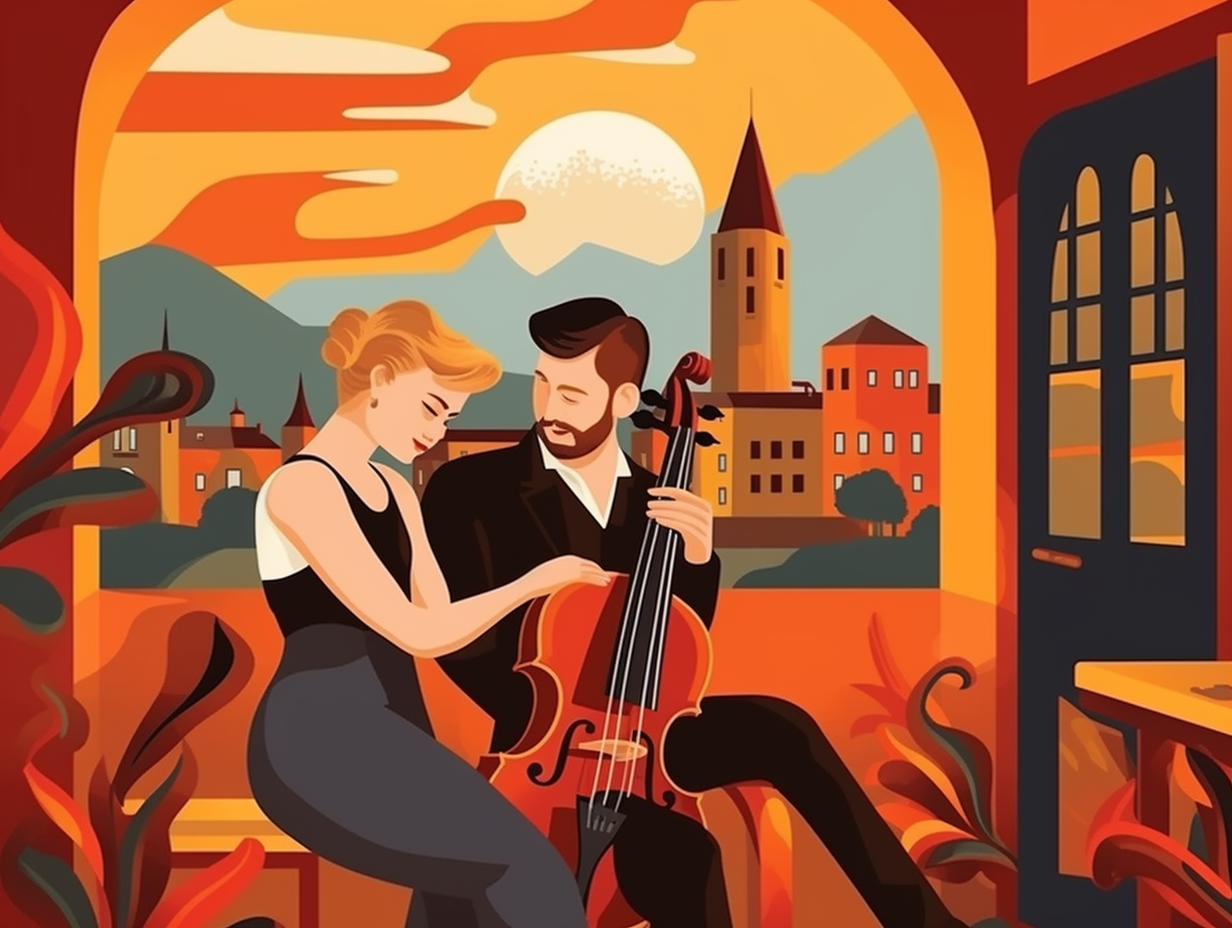
1. Techno Frankenstein's Ancestors
Picture this: a group of Berlin techno-heads, channeling their inner Frankenstein, cooking up some electronic beats in a dark, post-war basement – but wait! Techno wasn't Germany's first electronic monster: In truth, German electronic music encompassed a wide range of styles like krautrock and schranz, dating back to the late 1960s and early 1970s, with iconic pioneers such as Kraftwerk, Can, and Tangerine Dream catapulting electronica from an underground art form to a global powerhouse, giving birth to epic celebrations like the Love Parade.
Source => en.wikipedia.org
2. The Bach Family Tree
Whoever said "too many Bachs spoil the broth" clearly never met the Bach family: Johann Sebastian Bach was actually the last in a long line of gifted musicians, and it was his brother, Johann Christoph, along with second cousin Johann Ludwig Bach, who introduced him to the organ and helped hone his talents as a composer and violinist.
Source => en.wikipedia.org
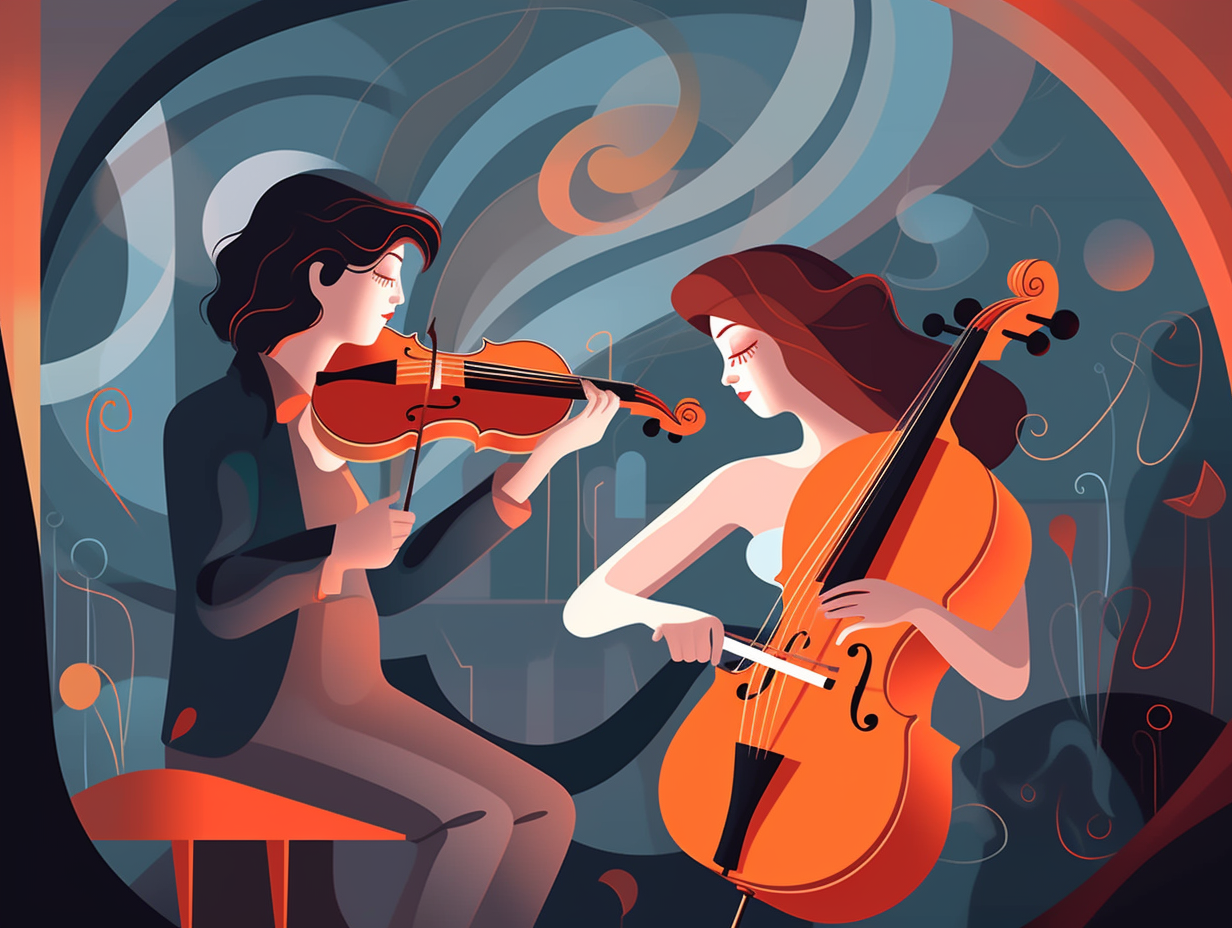
Did you know there's a 639-year-long concert happening in a medieval church in Germany? With rare chord changes like a G-sharp scheduled for February 2022, this performance truly tests the limits of time and music! 🎵⏳
=> Fun Facts about Music
3. Nena's Balloon Inspiration
When life gave Nena lemons, she made "99 Luftballons": Inspired by a Rolling Stones concert, Nena's guitarist, Carlo Karges, witnessed balloons drifting over the Berlin Wall and concocted a catchy pop anthem addressing post-WWII German dreams with a Cold War twist. The song sailed up the charts as "99 Red Balloons" in the US, reaching #2 in 1984 and solidifying Nena's one-hit wonder legacy.
Source => songfacts.com
4. Shoe-Slapping Courtship Dance
Forget the moonwalk or the floss dance; long before boogying became a thing, there were German men slapping their shoes and knees like there was no tomorrow in the name of courtship: The Schuhplattler, a Bavarian dance dating back to 3000 BC, involves men performing knee-slappingly complex hand gestures and jumps while women spin in their Dirndls. With over 150 distinct versions across different Bavarian and Tyrolean towns, the Schuhplattler has schuh-plattered its way to America, where German-American societies proudly keep the shoe-stomping tradition alive at clubs and national gatherings.
Source => germangirlinamerica.com
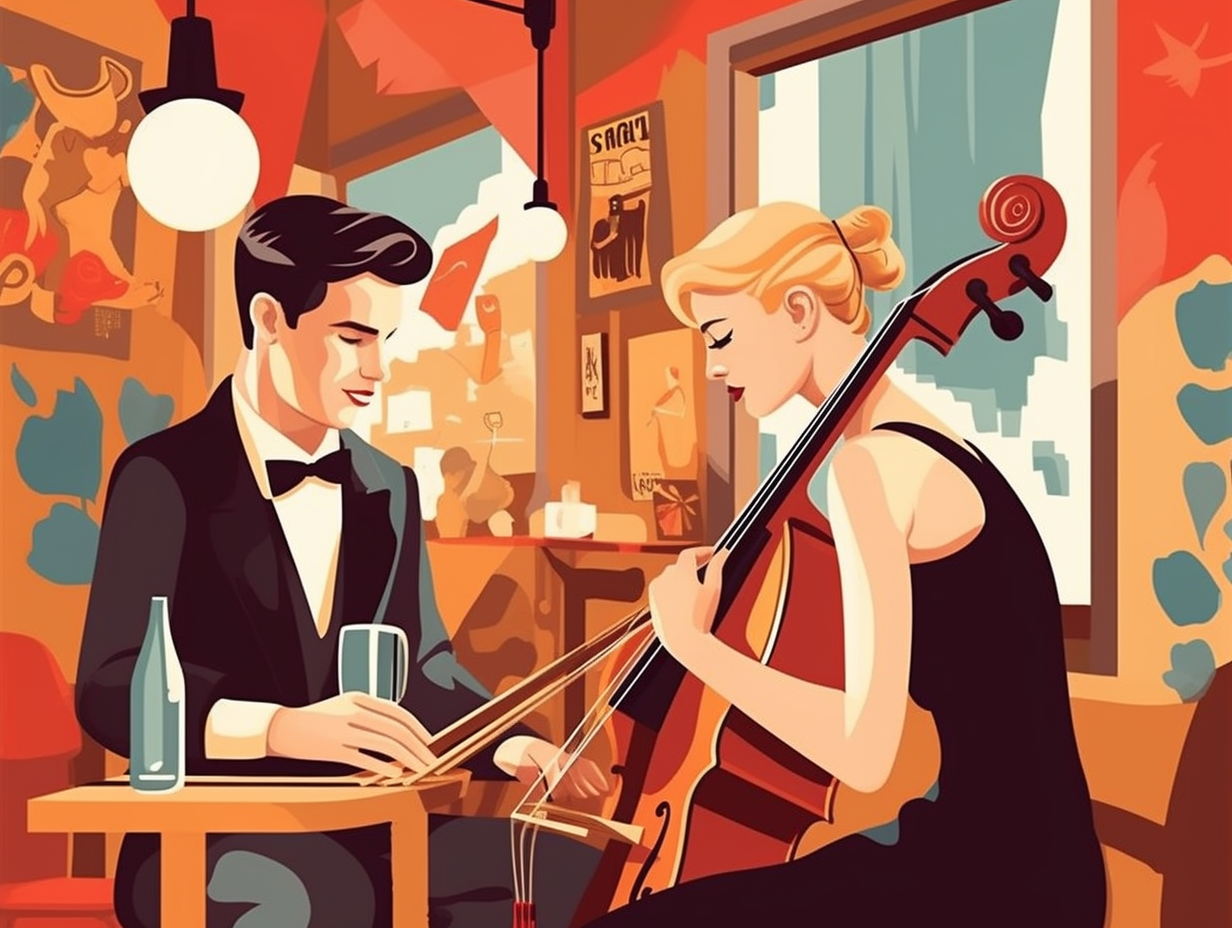
5. Beethoven's Symphony Party
Who says you can't mix business with pleasure? Beethoven sure knew how to throw a party, inviting singers, poets, and composers to his Ninth Symphony shindig, turning the classical music scene on its head: The groundbreaking composition not only showcased the fusion of different artistic expressions like choir, soloists, and texts, but also became a universal anthem for brotherhood, love, and the triumph of human spirit, even as ol' Ludwig conquered personal obstacles like deafness to produce this timeless masterpiece.
Source => njsymphony.org
6. Bach'n'Roll in Beer Gardens
Get ready to say "Bach'n'Roll!" while raising a stein to the beat: Germany not only gifted the world genius composers like Bach and Mozart but also keeps the Oompah tunes pumpin' in its iconic beer gardens, blending centuries of classical influences with zesty folk traditions.
Source => people.howstuffworks.com
7. Kraftwerk: Electronic Pioneers
Before Daft Punk and Deadmau5 walked the halls, Kraftwerk was already beeping and blooping their way into the hall of fame: These German musical pioneers used synthesizers, drum machines, and vocoders to revolutionize electronic music, laying the groundwork for techno, house, and club music genres.
Source => en.wikipedia.org
8. Beatles' German Connection
Who knew The Beatles and German rock 'n' roll would go together like sauerkraut and schnitzel? Hamburg's bustling 1960s music scene proved to be just the recipe: Thanks to West Germany's "economic miracle" and Bruno Koschmider's shrewd entrepreneurial spirit, the city's vibrant St. Pauli neighborhood became a hotspot for live music and cultural exploration, introducing rock 'n' roll to a new generation eager for fresh experiences.
Source => journalofmusic.com
9. Paul van Dyk: Musical Rebel
Picture this: an East German kid in the 80s flipping through illegal radio stations just to feel the sweet euphoria of trance melodies, making even the Berlin Wall jealous of his rebelliousness: This musical renegade would grow up to become Paul van Dyk, the first electronic artist to score a Grammy nomination, all while paving the way for the trance genre with hits like "For An Angel" and "Nothing But You." Surviving a brain injury in 2016, Paul's story is a testament to resilience, love, and the power of education before fame – making his tunes a hit on more levels than one.
Source => thecrimson.com
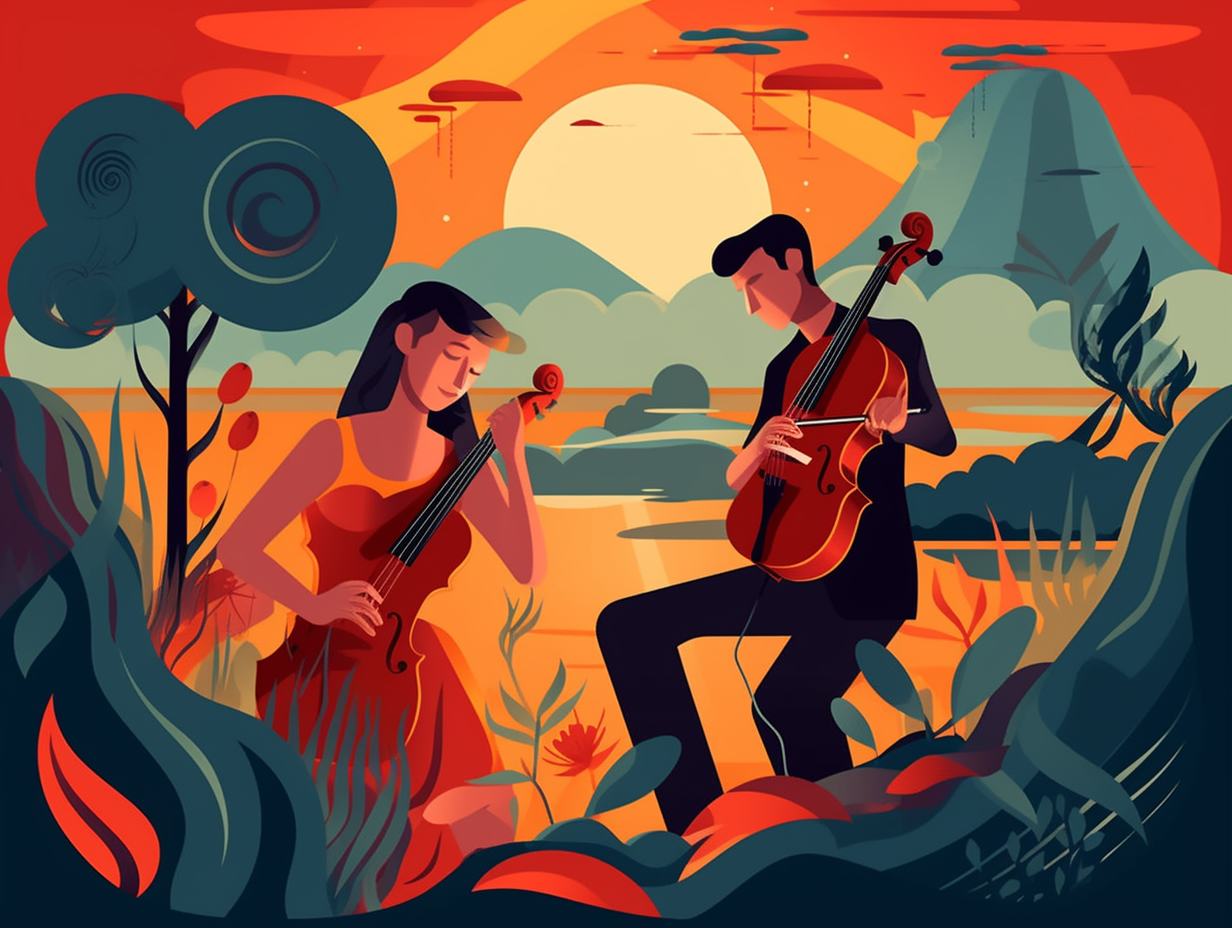
10. Polka's Surprising Origins
"Polka your eyes out": Did you know that the polka, an upbeat and toe-tapping dance that's practically synonymous with lederhosen and schnitzel, actually hails from the land of Bohemia – now part of the Czech Republic – in the mid-19th century? As the dance breezed across Europe and the Americas faster than you can say "Prost!", it set off a global polka-mania that led to countless regional variations, even giving Wisconsin an official state dance and inspiring the Belarusian and Argentinean polka revolutions.
Source => en.wikipedia.org
11. Yodeling's Global Roots
Yodel-ay-hee-who? From Alpine meadows to Hawaiian beaches and African savannahs, yodeling takes the scenic route around the world: Despite its strong association with German folk music, yodeling's origins can be traced back tens of thousands of years to ancient African nomadic hunter-gatherer societies and has since been embraced in diverse regions like Hawaii, Madagascar, Romania, and Bulgaria, adding to the vibrant global chorus.
Source => en.wikipedia.org
12. Germany's Heavy Metal Dominance
If headbanging were an Olympic sport, Germany would walk away with gold medals in the Heavy Metal Games: This land of beer and bratwurst has given birth to iconic metal bands like Scorpions, Accept, and Rammstein, while also nurturing titans such as Kreator, Helloween, Sodom, and Destruction in their heavy music scene. Let's not forget the technically masterful death metallers Necrophagist, and The Ocean, a group of post-metal pioneers that continually push the boundaries of sonic innovation. So, raise your steins to Germany: the land of hard-hitting music and endless headbanging!
Source => loudersound.com
13. Can-Can's German-French Twist
Feeling the need to dance wildly like nobody's watching, yet with German precision and French flair? Ja, das ist der Can-Can: The iconic French dance borrows its lively tunes from Jacques Offenbach's "Galop Infernal" – a masterful work by a German composer, born in Cologne, who moved to the city of baguettes, berets, and ballet, Paris, to successfully pursue his music career.
Source => en.wikipedia.org
14. McCartney's Wooden Wonder
Who would have thought, a plucky little wooden instrument would take the stage and change the course of rock and roll history forever? Turns out, it didn't just string us along: The Höfner 500/1 Violin Bass, famously played by Sir Paul McCartney of the Beatles, became an iconic symbol of the '60s music scene and has been in continuous production at Höfner ever since.
Source => hofner.com
Related Fun Facts



